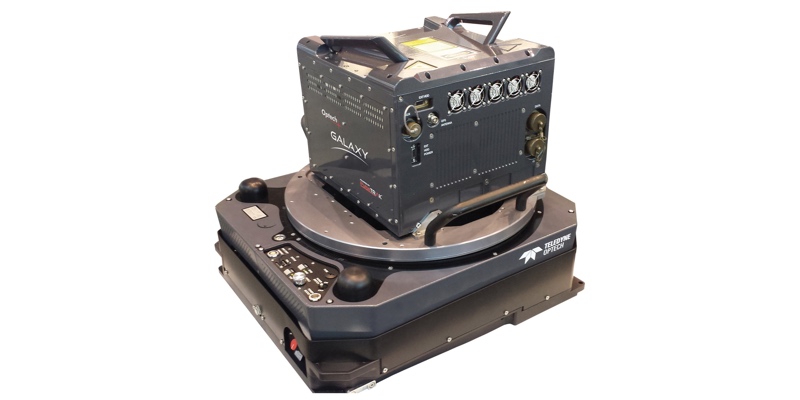Teledyne Optech has announced a new airborne mapping lidar sensor, the Galaxy PRIME, which improves on the existing Galaxy T1000 sensor with a number of practical upgrades for greatly increased productivity. Among the upgrades included are a “night mode” for improved range performance, better vegetation penetration, and increased low-reflectance target detection.
A bigger upgrade to the new sensor is its ability to offer a “continuous operating envelope,” or data with no gaps or density variations in multipulse transition zones. The upshot of this development is that mappers and surveyors can use high pulse repetition frequencies without the need for complex flight planning. According to Optech, “full 100% point density is maintained across the multipulse transition zones […] without having to create artificial filler points through interpolation.”
Optech promises a range performance increase of up to 30% over the Galaxy T1000. The Galaxy PRIME also includes an update to the company’s SwathTRAK technology that allows the sensor to adjust its field of view dynamically during data acquisition, enabling swaths of a constant width and point density. According to Optech, this will allow users to “survey steep mountains as if they were flat,” meaning fewer flightlines are necessary, leading to an increase in savings.
The company is taking orders in the second quarter of 2018, and will be at ILMF booth #201.






